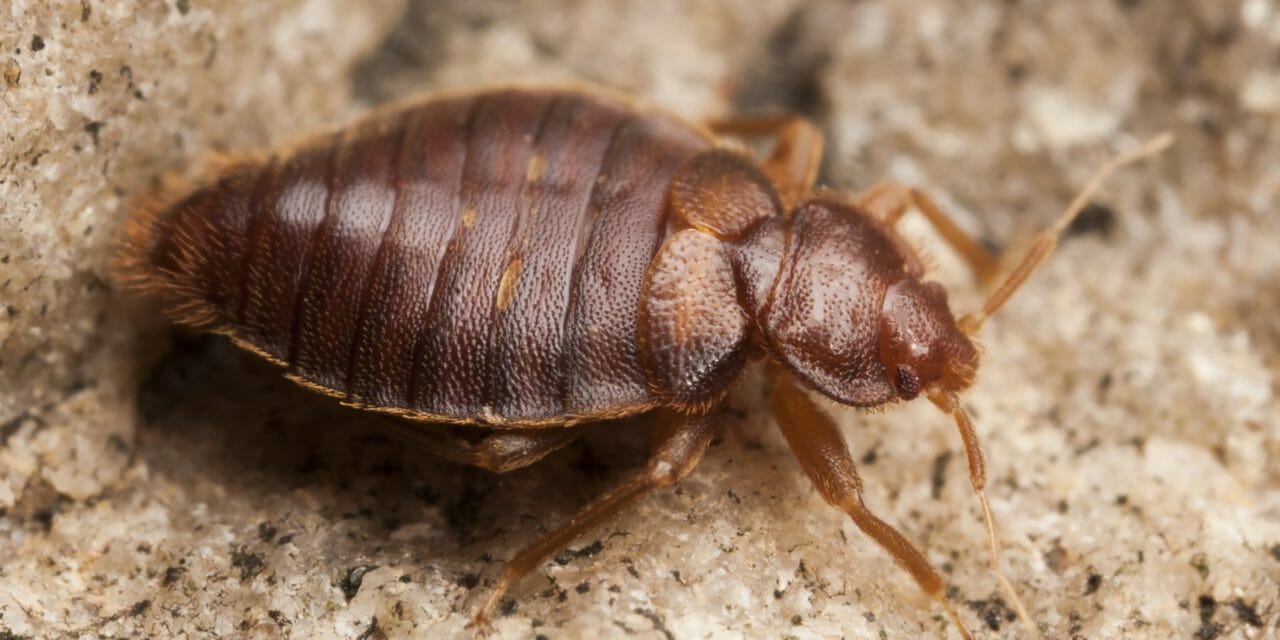If you are leasing your home in California don’t be surprised if among the holiday greeting cards you receive a notice from your property manager regarding blood-sucking bedbugs.
A new state law designed to battle bedbugs requires California landlords to provide tenants with written information about these pests and how to report suspected infestations to the landlord.
The disclosure requirement took effect for new tenants July 1 and will apply to existing tenants Jan. 1.
Tenants across the Coachella Valley were receiving notices on Thursday ahead of the new year.
Bed bugs are small parasitic insects that feed on the blood of mammals and birds. Adult bed bugs have flat bodies about one-quarter of an inch in length; they are copper colored and wingless. Young bed bugs are nearly colorless and very small (1/16 inch). When a bed bug feeds, its body swells and becomes bright red, making it appear to be a different insect. In homes, hotels, or other dwellings, bed bugs feed primarily on human blood, usually at night when people are sleeping, according to the California Department of Public Health.
Bed bugs are not known to transmit disease. However, bed bug bites can cause large, itchy welts on the skin.
The law also prevents landlords from showing or renting a vacant unit with an active infestation, and from retaliating against tenants who report bedbug problems. It does not require them to inspect rental units for bedbugs if they have not seen them or received a tenant complaint. But it does require them to notify tenants within two days of a pest inspector’s findings. It also requires tenants to cooperate with the detection and treatment of bedbugs.
The law does not say what landlords must do when tenants complain. In California, however, residential leases have an “implied warranty of habitability” that requires landlords to maintain rental units in a condition fit for humans. That includes keeping it free of bedbugs, according to Whitney Prout, a staff attorney with the California Apartment Association, which represents landlords.
Bedbugs are managed by their own law because of the difficulty associated in treating an infestation. It requires early detection and integrated pest management between the landlord and tenant, because of how they can take over a property.
They can move easily from unit to unit, and unless all affected units are treated together, they’ll come back. Most places require more than one treatment.
You will know if they have visited if you see small red or brown fecal spots, molted skins, white, sticky eggs or empty eggshells. They are often found on mattresses, box springs, headboards, nightstands, linens, upholstery, walls and carpet edges.
Bedbugs do not carry disease, but some victims develop itchy red welts that could be mistaken for mosquito or flea bites. Others have no reaction, which makes them even harder to detect until they’re out of control.
Los Angeles ranked fourth and San Francisco ranked 10th on a list of U.S. cities where Orkin, a pest control company, performed the most bedbug treatments last year.
If a prospective tenant asks about bedbugs, the landlord must disclose in writing the unit’s bedbug infestation and abatement history, or lack thereof, for the previous two years.
Within two days of getting a bedbug complaint, the property owner or manager must hire a licensed pest control operator to investigate that unit and the ones above, below, next door and across the hall.
You can get more information from the following resources:
Vector-Borne Disease Section at the California Department of Public Health: HERE
Centers for Disease Control and Prevention: HERE




![Enrolling Now, Rewarding Careers Ahead [Sponsored]](https://ukenreport.com/wp-content/uploads/2024/04/COD_heroes_1-1385-2-440x264.jpg)


